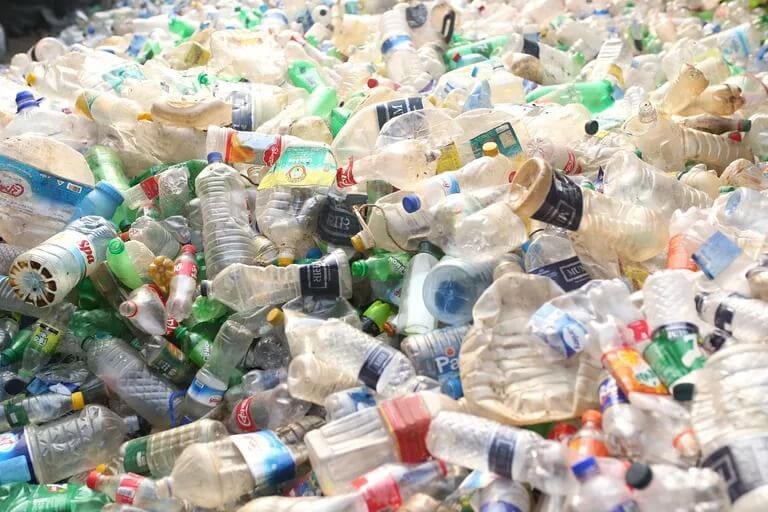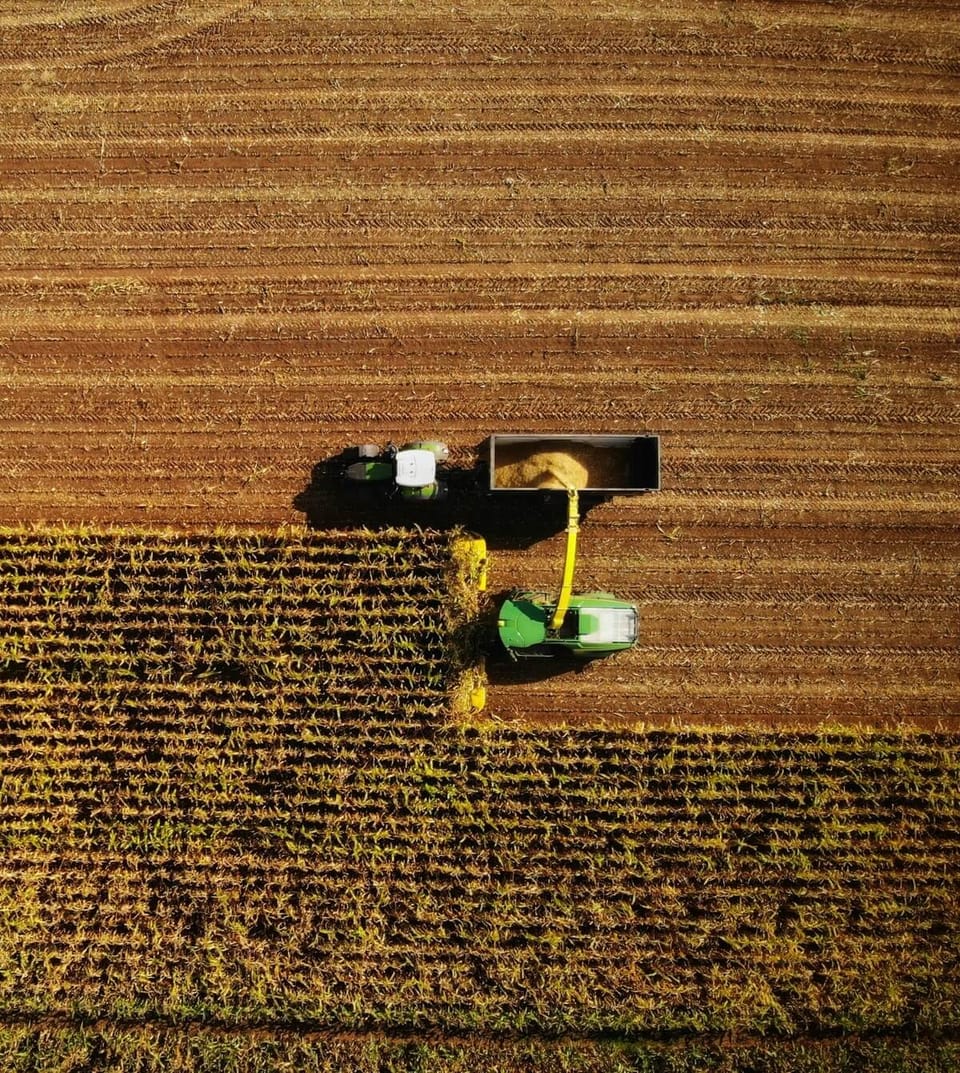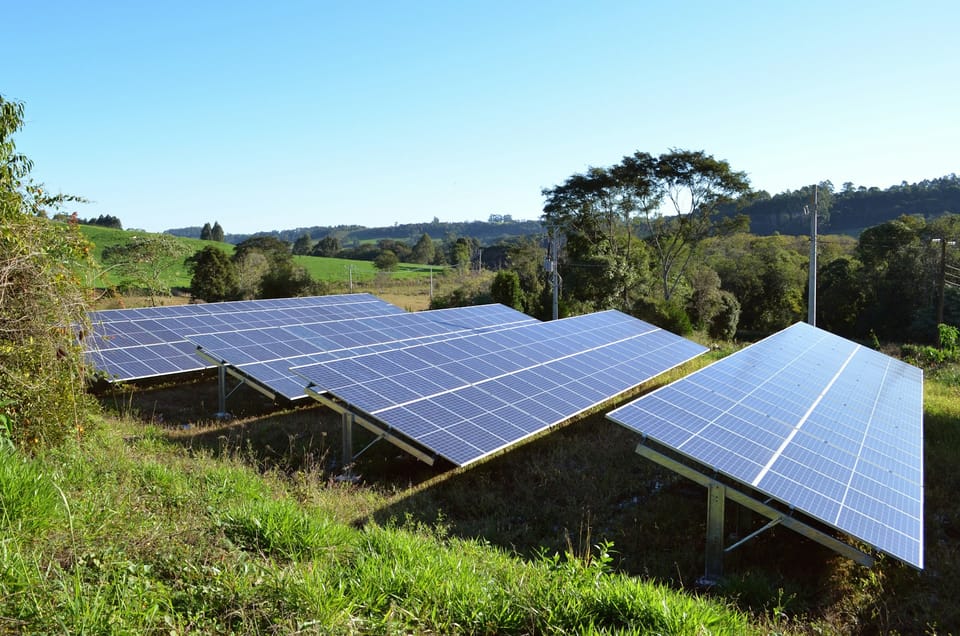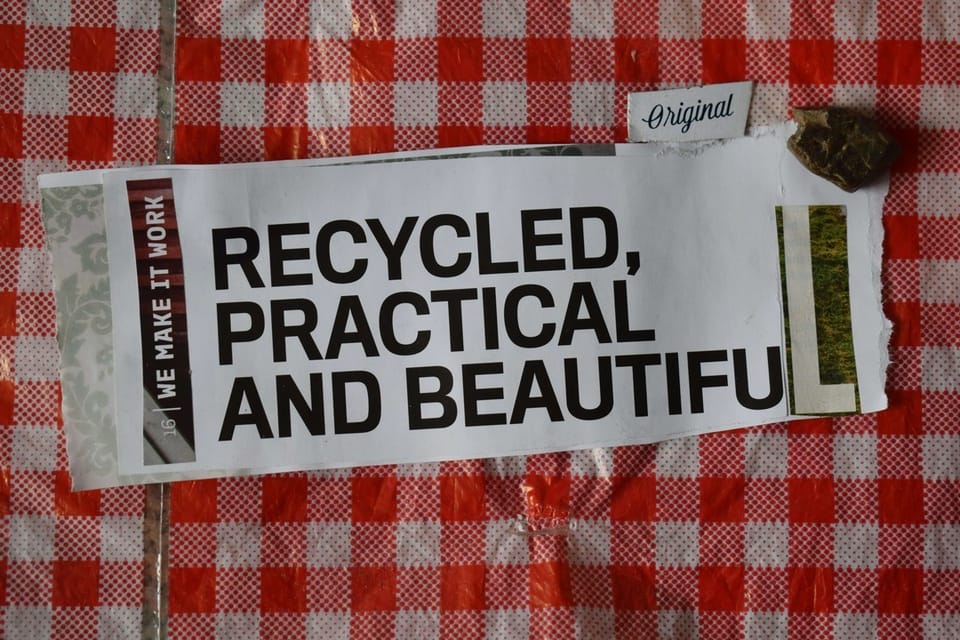This Plastic-Eating Enzyme Could 'Supercharge' Recycling
Scientists have engineered an enzyme that can rapidly degrade plastic waste, offering hope in the fight against global pollution. This innovation could dramatically improve recycling efficiency and reduce our reliance on landfills and incineration.

In Michael Crichton's 1969 techno-thriller "The Andromeda Strain," an extraterrestrial microbe evolves on Earth to eat plastic, causing airplanes to fall out of the sky and plastic seals to decompose. This image popped into my head as I read a study, published in Nature, about a new variant of an enzyme developed at the University of Texas at Austin that can chew up and break down plastics in a matter of hours.
Hal Alper, a professor at the McKetta Department of Chemical Engineering at UT Austin, and his team developed an upgrade, using a "machine learning model to generate novel mutations to a natural enzyme called PETase that allows bacteria to degrade PET plastics." This lets them predict mutations that would depolymerize waste in a hurry at low temperatures. Of course, they called it FAST-PETase (functional, active, stable, and tolerant PETase).
According to the study abstract, the mutant engineered enzyme contains five mutations compared to the wild-type PETase, and chomps away between a balmy 86 degrees Fahrenheit (30 degrees Celsius) and 122 degrees Fahrenheit (50 degrees Celsius). The enzyme does a "circular process" of breaking down the plastic into smaller bits (depolymerization) and then chemically puts them back together (repolymerization) in as little as 24 hours. They tried it on 51 different PET products including containers, bottles, and fabrics, and found all of them could be completely degraded in a week.
The most obvious way to cut down on plastic waste is to stop making it in the first place.
“Beyond the obvious waste management industry, this also provides corporations from every sector the opportunity to take a lead in recycling their products," said Alper in a statement. "Through these more sustainable enzyme approaches, we can begin to envision a true circular plastics economy.”
The press release notes that "recycling is the most obvious way to cut down on plastic waste" and "globally, less than 10% of all plastic has been recycled." Using the enzyme can theoretically replace landfilling, incineration, or some of the new energy-intensive "chemical recycling" processes. According to the researchers, the enzyme has the "potential to supercharge recycling on a large scale that would allow major industries to reduce their environmental impact by recovering and reusing plastics at the molecular level."
It's important to note that the most obvious way to cut down on plastic waste is to stop making it in the first place. And that the reason only 10% of plastic has been recycled is that the process starts with the individual and the community actually picking it up and getting it to a recycling facility. But if this process can actually deliver a clean useable feedstock and "a viable route for enzymatic plastic recycling at the industrial scale," then there might be a real economic value to it that would make recycling pay.
They also have bigger plans: Cleaning up landfills and greening high waste-producing industries are the most obvious. But another key potential use is environmental remediation. The team is looking at a number of ways to get the enzymes out into the field to clean up polluted sites.
“When considering environmental cleanup applications, you need an enzyme that can work in the environment at ambient temperature. This requirement is where our tech has a huge advantage in the future,” Alper said.
This is where images of "The Andromeda Strain" come to mind. In your usual environmental remediation with bacteria, often done with oil and gasoline, the bugs eat until the food supply runs out, and then they die off. I know this isn't how it works, but I am imagining a bacterium that survives at room temperature and a range of PH and gets out of the dump and into the wild, with plastic bottles and polyester clothing all dissolving on the shelves. Now that would certainly solve the problem of plastics.
Sources
- "Plastic-eating Enzyme Could Eliminate Billions of Tons of Landfill Waste." UT News, 27 Apr. 2022.
- Lu, Hongyuan et al. "Machine learning-aided engineering of hydrolases for PET depolymerization." Nature, vol. 604, pp. 662-667, Apr. 2022. doi:10.1038/s41586-022-04599-z
- Geyer, R., Jambeck, J., and Lavender Law, Kara. "Product, use and fate of all plastics ever made." Science Advances, vol. 3, no. 7, 19 July 2017. doi:10.1126/sciadv.1700782








